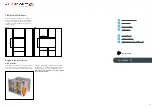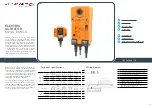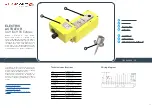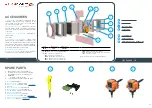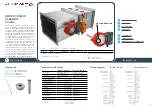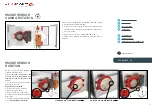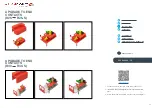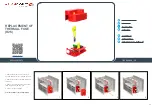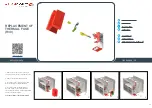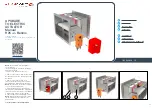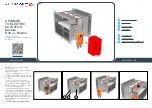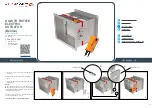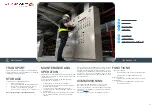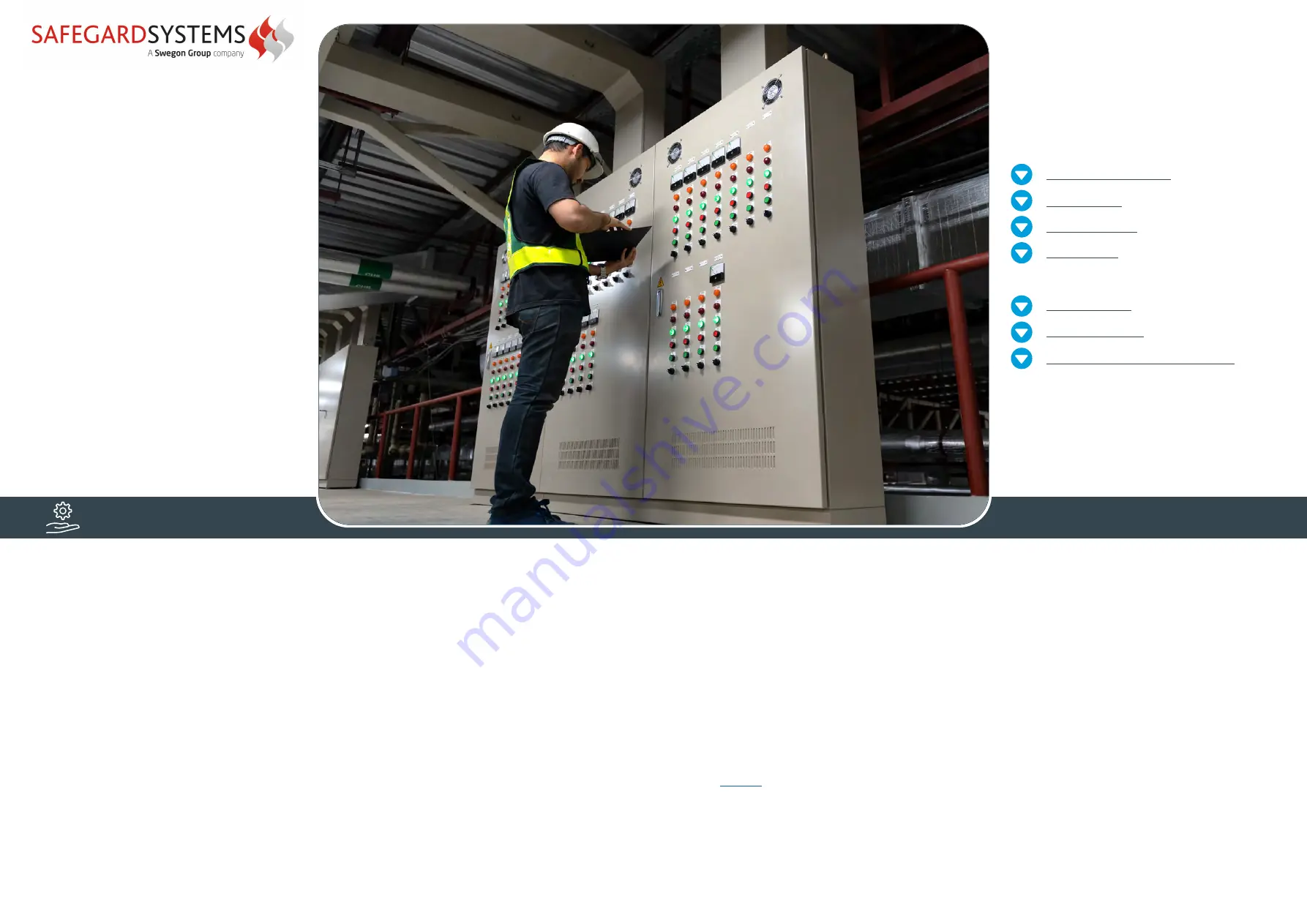
63
FIRE DAMPER - FD
MAINTENANCE AND
OPERATION
Fire dampers are designed with fully enclosed drive mechanism
outside of the duct and as such do not require cleaning and
regular maintenance.
However, activation mechanism should be inspected for
proper operation on regular basis.
•
Provide at least one annual check of the damper
•
After each intervention, provide a systematic cleaning of
dust and its movable plate
•
Check the if the electrical terminals are tightened
•
Cleaning instruction: clean with a sponge, with water or a
mild detergent
•
Disinfection instruction: spray disinfectant (
may contain
alcohol which is flammable, take precaution
to avoid
ignition)
MAINTENANCE
COMMISSIONING
1) Carefully unpack FD fire damper - be careful of sharp
edges and do not use excessive force for unpacking
2) Inspect the fire damper - check the fire damper for damage
3) Installation of the fire damper - according to the installation
instructions (
page 16.
)
4) Before commissioning: check the fire damper functions
FUNCTIONS
1) Release mechanism:
Damper blade can be closed and opened manually
Signal testing - the damper blade must close
2
) Electric actuator:
Signal testing - the damper blade must close/open
3
) Thermal fuse:
By a button - the damper blade must be closed
by pressing the button
TRANSPORT
After arrival, check the fire damper for transport damage
and shortcomings. In case of any damage or shortcomings,
immediately contact your supplier.
STORAGE
If the damper is not installed immediately:
•
Remove any wrapping.
•
Protect fire damper from dust and contamination.
•
Do not expose the fire damper to the effects of
weather - store fire damper in a dry place.
•
Do not store the unit below -20 °C or above 50 °C.
Please properly dispose of packaging material!
It is not permitted to alter the dampers in any way nor perform
any changes to their structure (except for the service procedures
described in this manual) without the manufacturer’s consent.
Provide at least one annual check of the damper. The functional
test must be carried out in compliance with the basic
maintenance principles of the European norms EN 13306, EN
15423 and EN15650.

